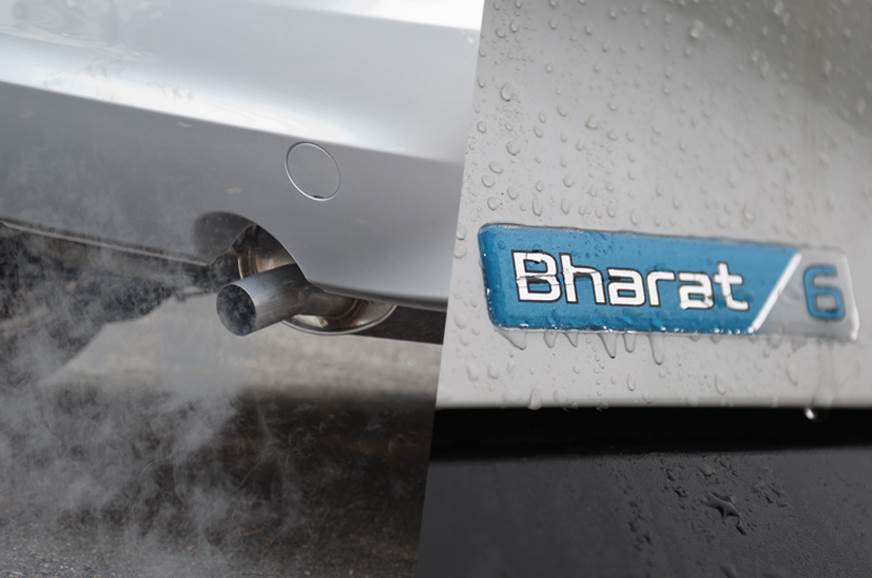If you are looking to bring home a new car, then this could be the perfect time for you, as passenger cars are all set to see a price surge from 2023. Here’s everything we know about the same
BS6 Phase Two Demanding A Price Surge?

No matter how you feel about it, vehicles are set to see a price surge as automakers are prepping up to invest in requisites upgrades in order to meet phase two of the BS6 emission regime, which will come in motion from April 2023.
Under phase two of the Bharat Stage VI (Equivalent of the Euro-VI) emission protocol, vehicles will now have an onboard self-diagnostic system that will monitor the vehicle’s emission levels in real-time. The system will be in constant sync with the oxygen sensors as well as the catalytic converter. In case the real-time emissions are greater than the set parameters, the system will display warning lights, and the vehicle will be given up for service by the user.
Additionally, the level of fuel burnt will also be monitored via specially programmed fuel injectors that would be able to control the fuel injection timing. Not just that, even the semiconductors will be upgraded in order to monitor the air intake, engine temperature, throttle, crankshaft and the contents of emission etc.
This change, however, will be made possible with sophisticated equipment onboard that will call in for higher manufacturing costs which will pass on to the consumers starting next year via price surge.
Also Read: Easy Steps To Dry Your Flooded Car
Checkout: International MG Cars we want in India
What Industry Leaders Are Saying

Per Rohan Kanwar Gupta, ICRA Vice President & Sector Head, “The new norms are likely to lead to a marginal increase in the overall vehicle price, with the changes required relatively lower vis-à-vis the previous transition (BS IV to BS VI)”. This comes as a respite for those who are planning to bring home a car next year.
Gupta however, stated firmly that, “since automakers have been forced to take price hikes to counter inflation over the past 15-18 months, any further increase in the price of the vehicle could have a moderating impact on demand to an extent”. Thus a price surge is inevitable.
Commenting on the issue, Veejay Nakra, Mahindra & Mahindra President – Automotive Sector said that, “all company vehicles (passenger and commercial vehicles) will be compliant to the upcoming BS VI two norms for diesel, gasoline and CNG models as per the regulatory defined timelines. Development efforts will call in for engine optimisation and the use of sophisticated after-treatment technology along with Nox and PM sensors to meet the RDE (Real Driving Emissions) targets”.
Is The Move Really Required?

Pollution has been one of the most recurrent and bothering concerns for India for a very long time. Cities such as the capital Delhi itself often see excessive levels of particulate matter, especially in winter which when coupled with hazardous UV index levels make lives miserable. And since a substantial source of air pollution comes from vehicle emissions, the government in 2016, called in for a BS6 upgrade by April 2020.
While the short deadline was unprecedented anywhere around the globe, OEMs still managed to carry it on, despite several models bidding adieu. The phase one transition didn’t come easy, the industry pumped in around Rs 7,00,000 crore to upgrade its technology. And now with the phase two requirements already called in for, a surge in price will definitely be seen.





